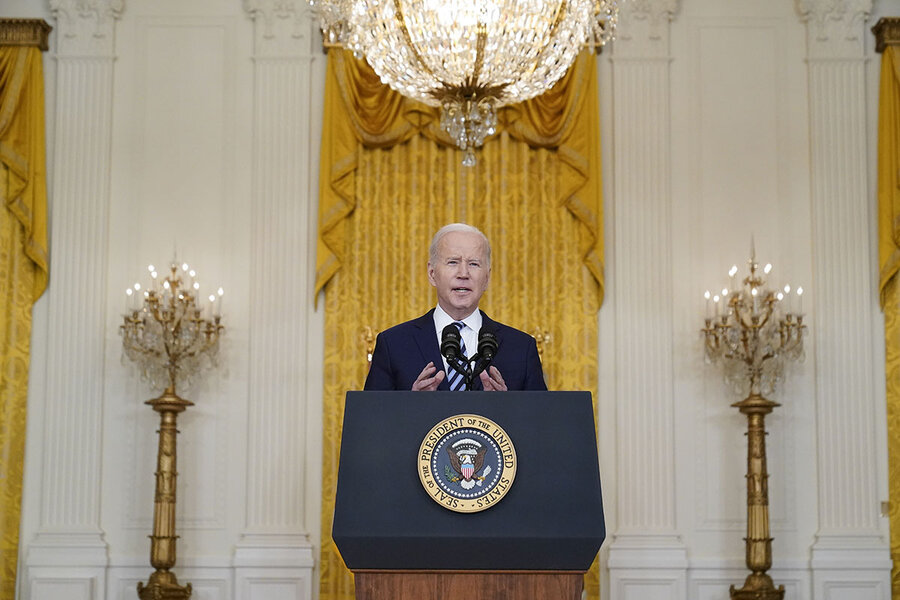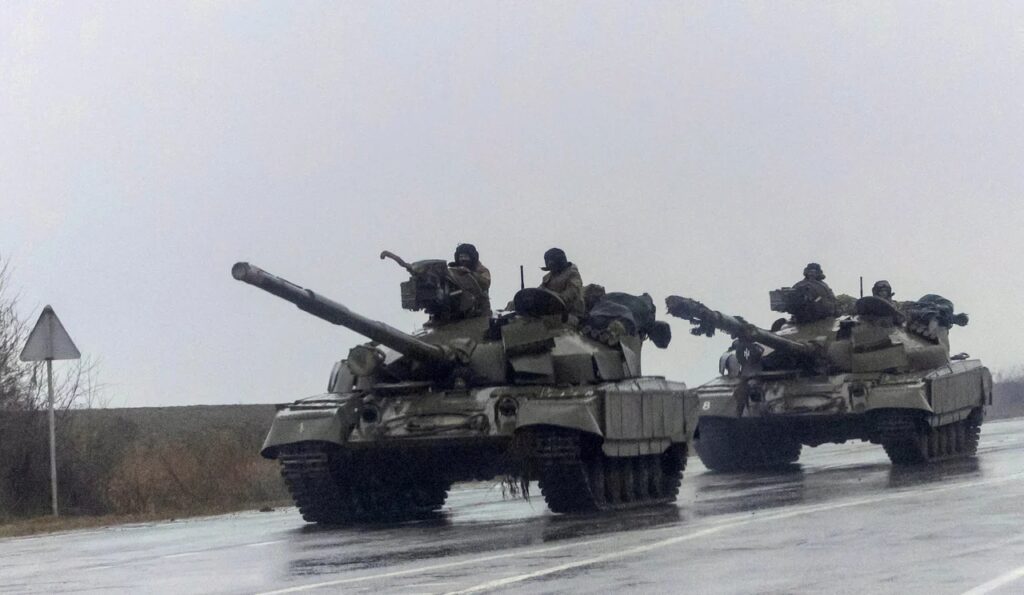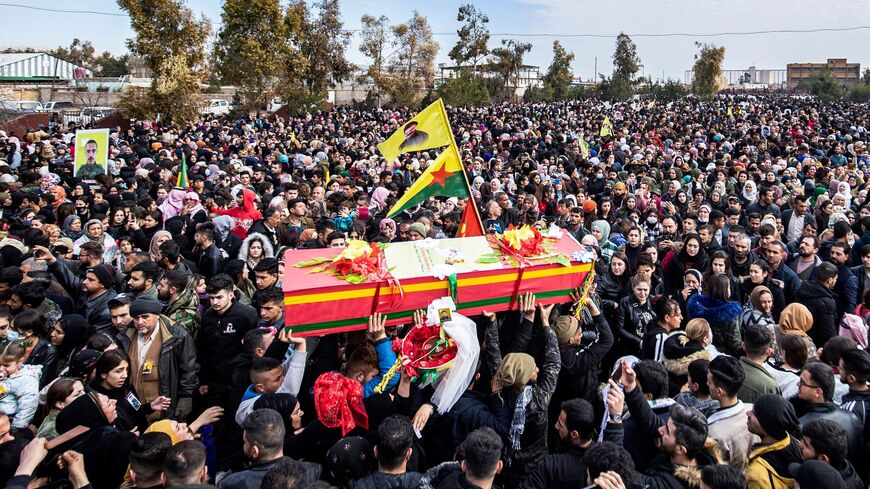Crisis Over Ukraine: A Primer

Anceps fortuna belli
(The fate of war is uncertain)
– Cicero (106-43BCE)A Facebook friend asked me to write something on the Ukraine crisis for his page in Q & A form.
Q: Briefly, what is the recent historical background to this conflict?









